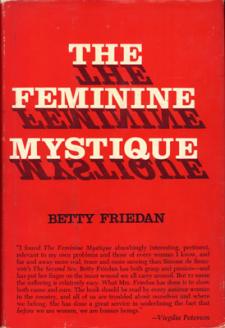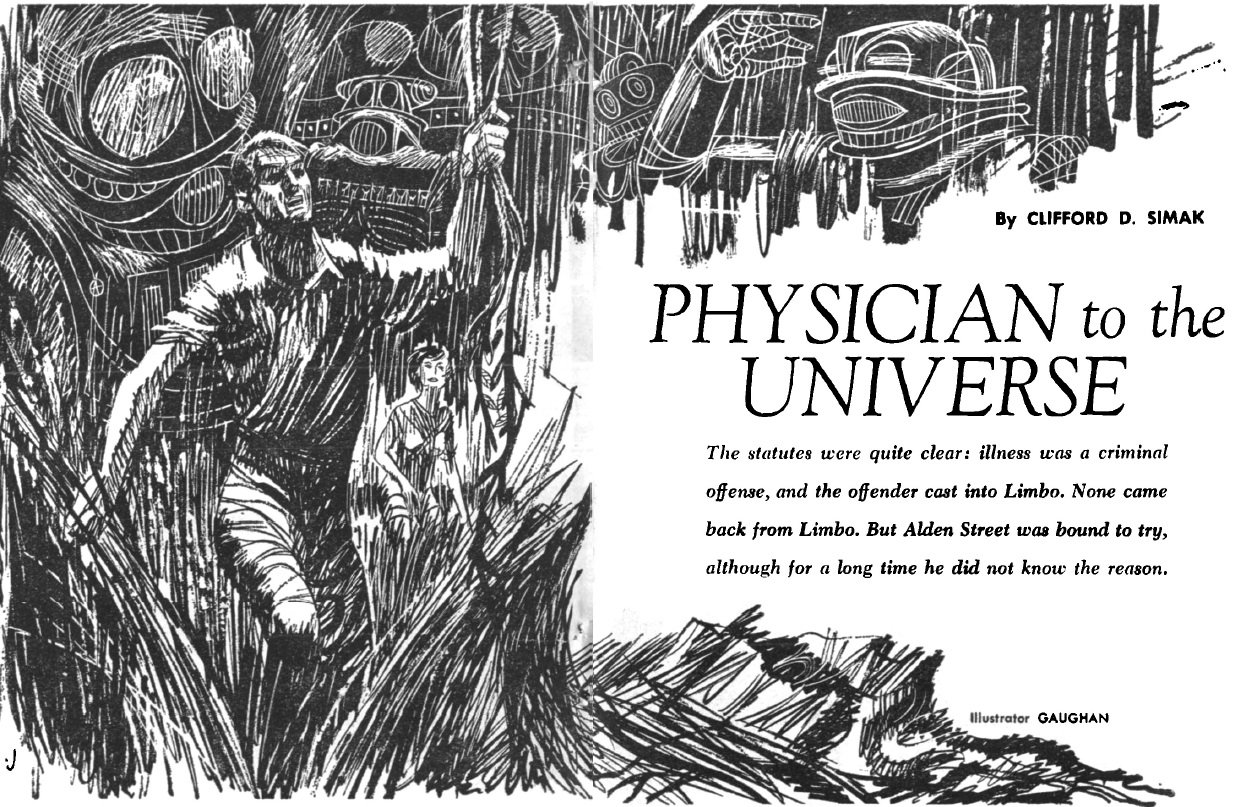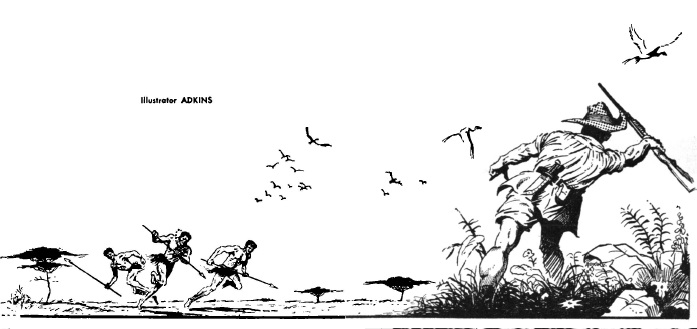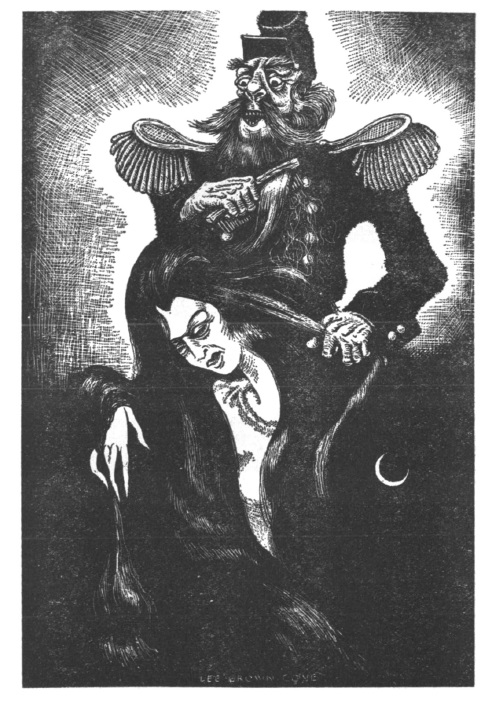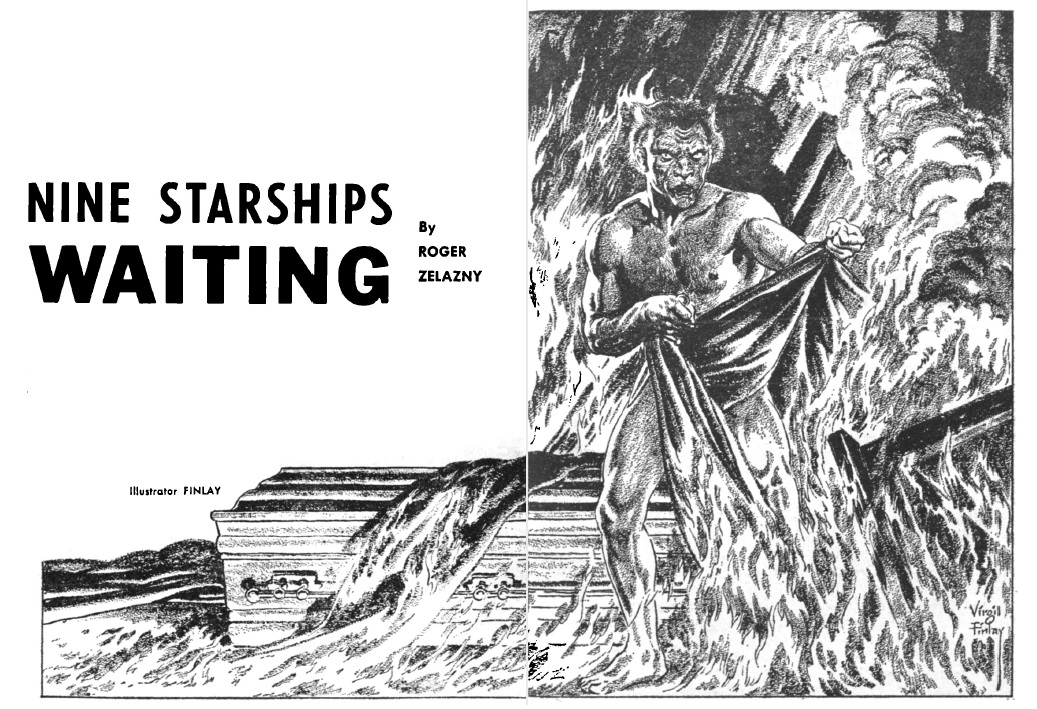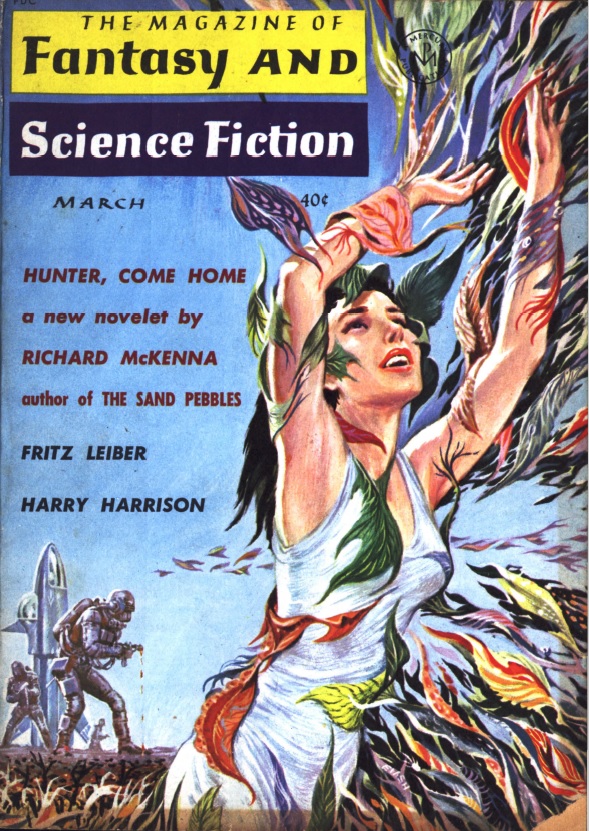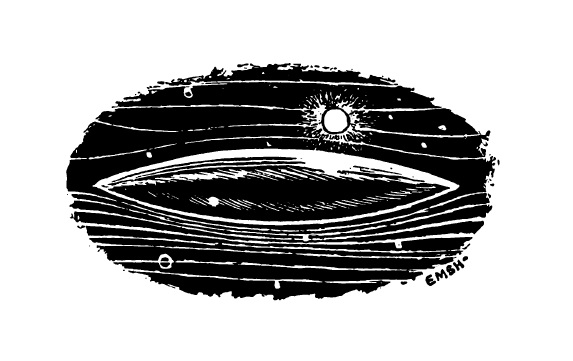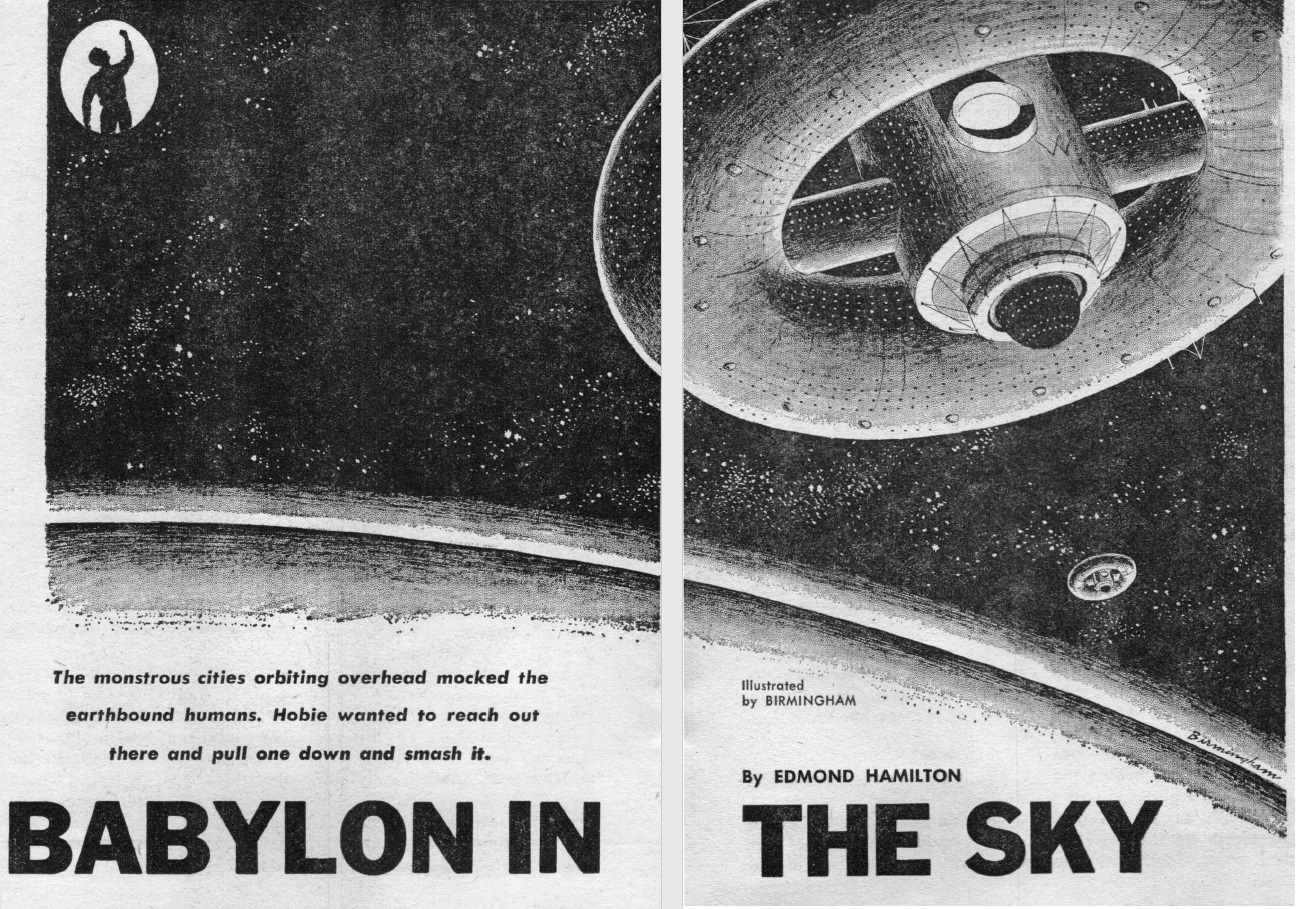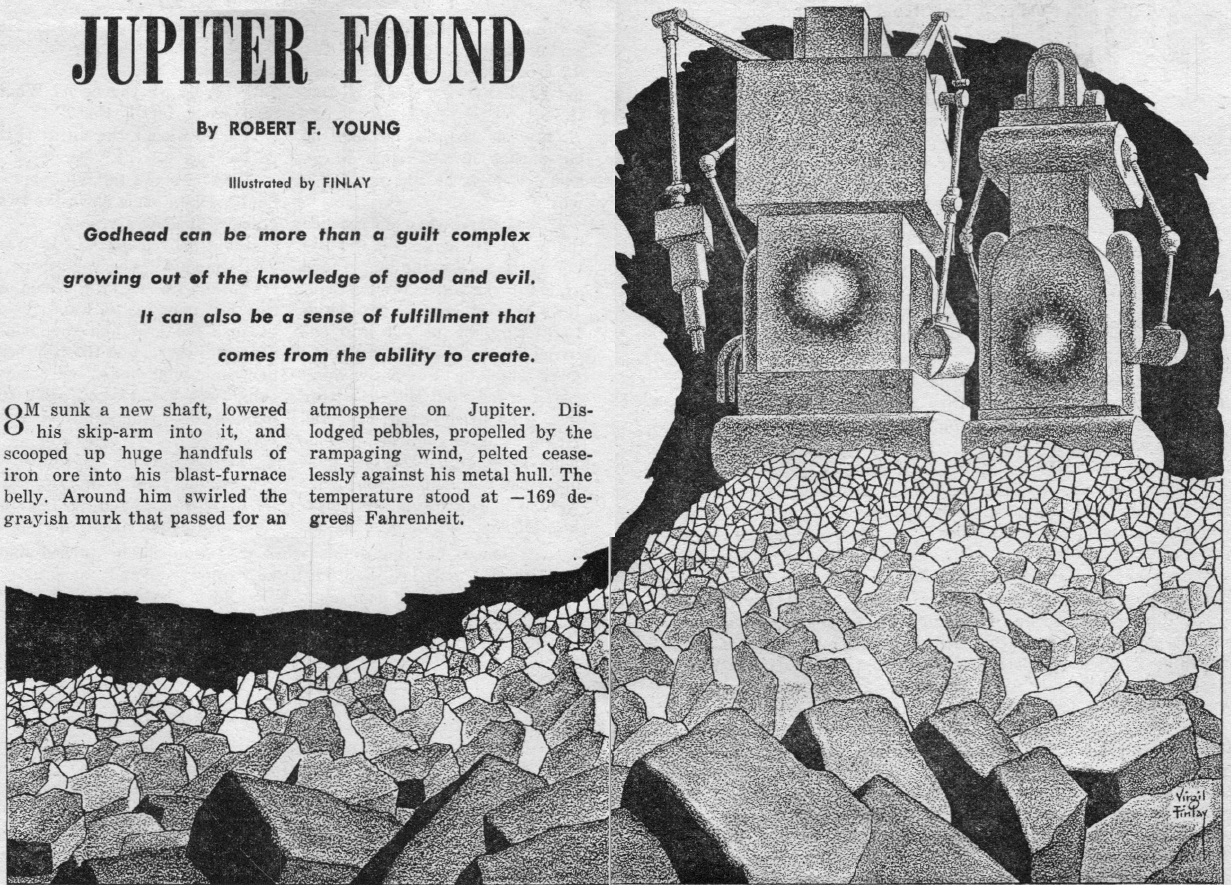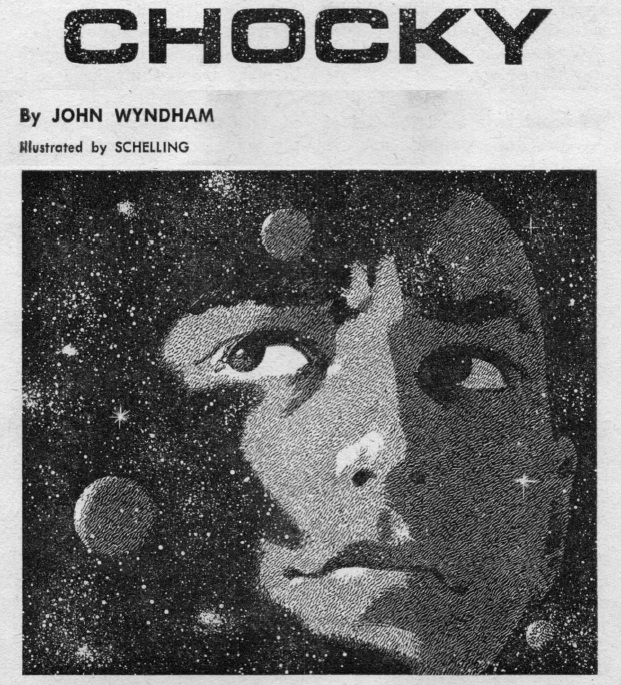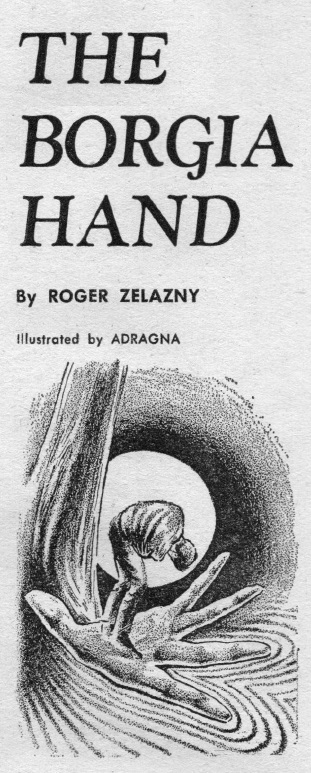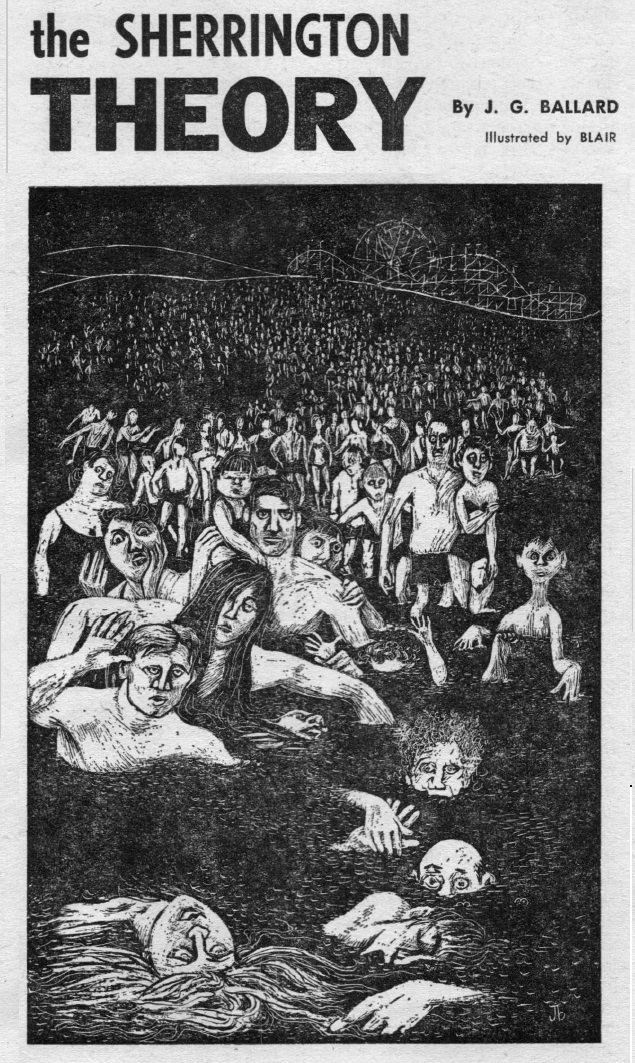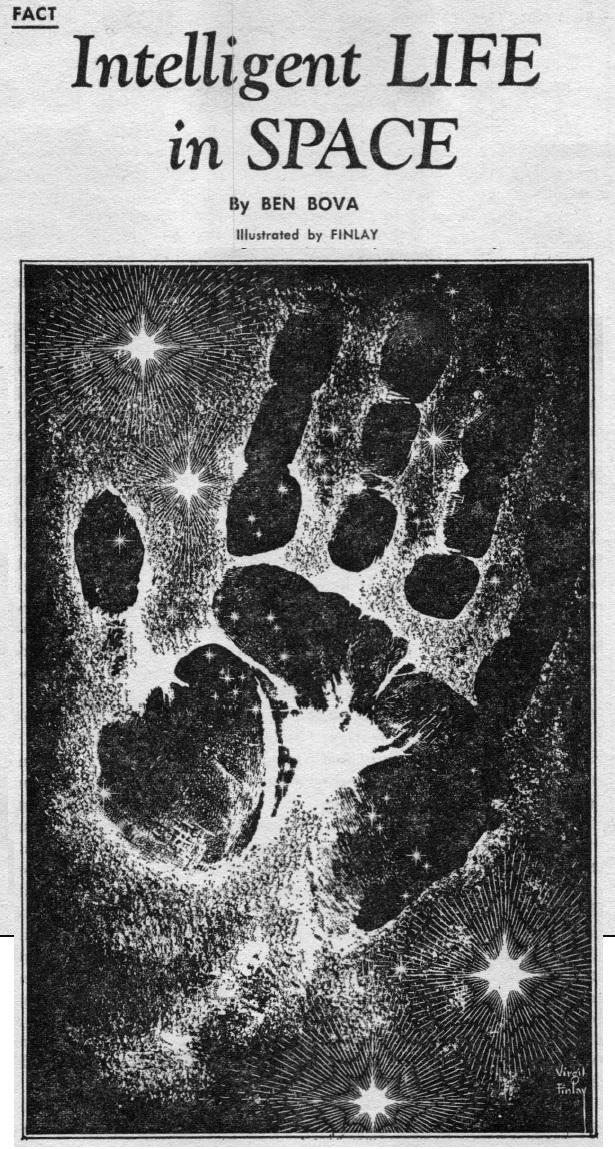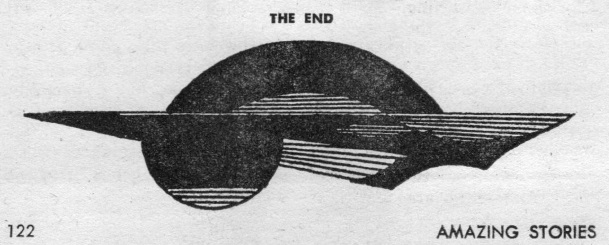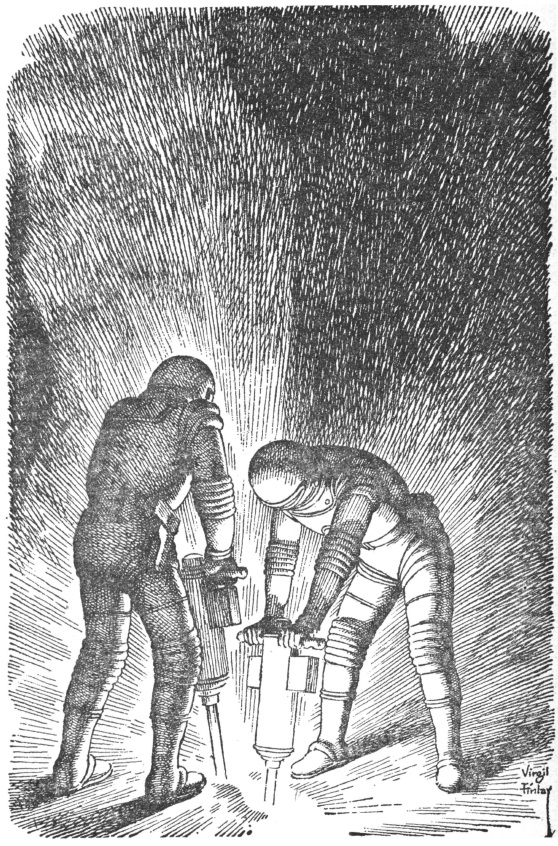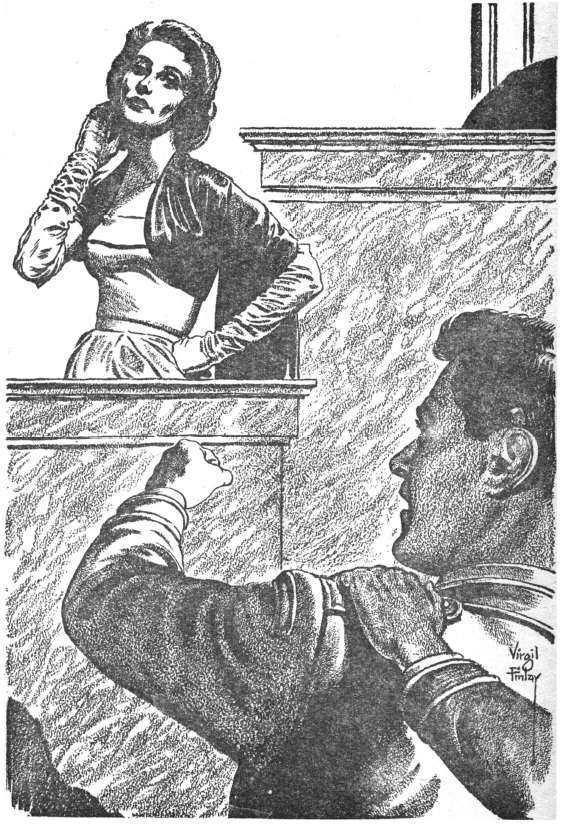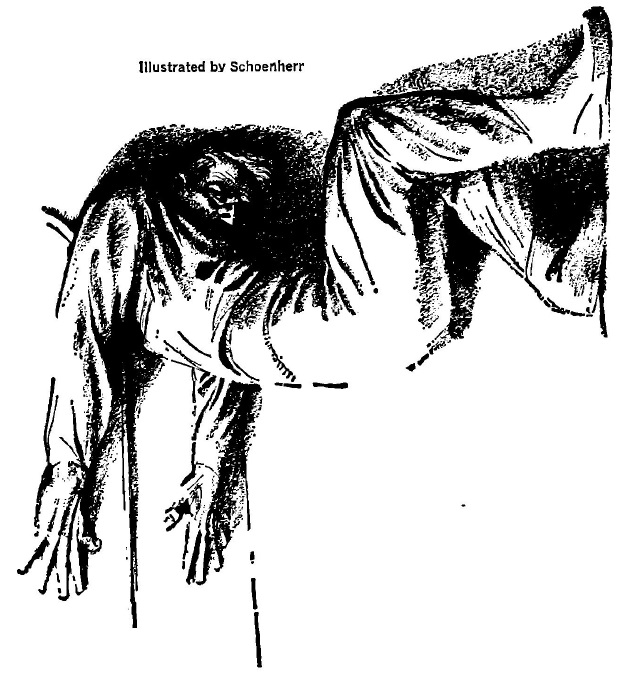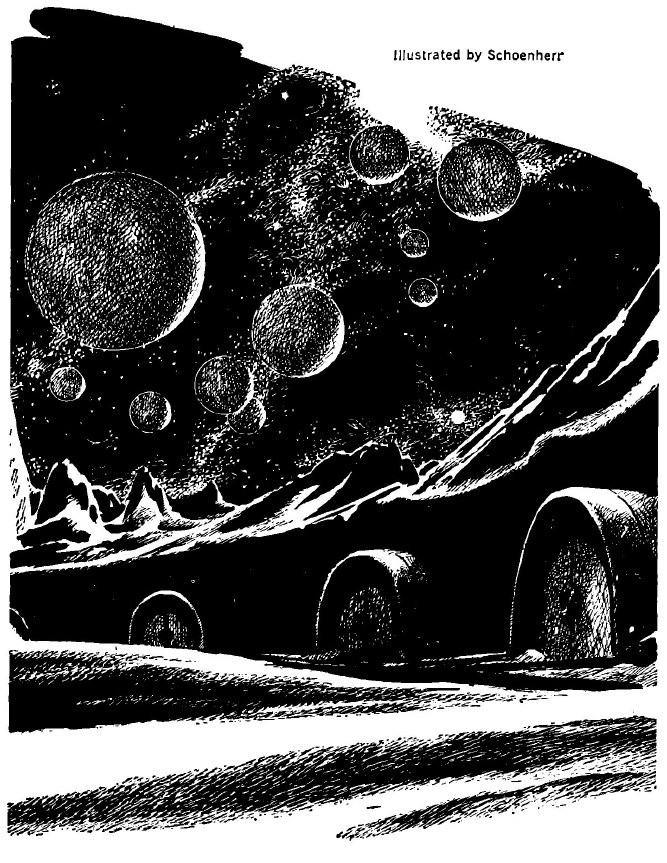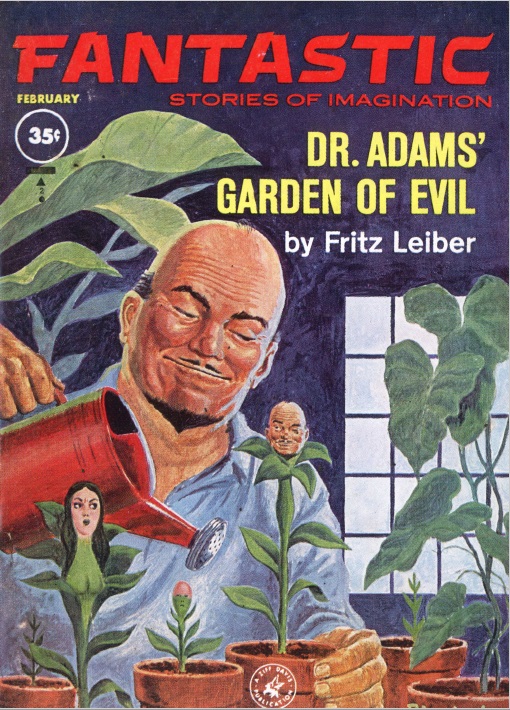[While you're reading this article, why not tune in to KGJ, Radio Galactic Journey, playing all the current hits: pop, rock, soul, folk, jazz, country — it's the tops, pops…]

by Mark Yon
I was hoping to report better things about the British weather this month. But no – we’re still in what seems like the middle of a deep freeze period. Earlier this month there was a blizzard that covered most of the country for over 36 hours. The weather has been so bad that, unusually, professional football matches (soccer matches to you US readers) have been postponed – more than once in some cases:

The sea’s even been frozen in places:

I’ve never known anything like it in my lifetime, but here’s hoping that by the time I write next month things will be back to some sort of normal.
To New Worlds, then.

Fallacies in Science Fiction, by Mr. Donald Malcolm
The Guest Editorial this month (yes – another one!) is by an author who has been here a lot lately. Although limited in experience, Mr. Malcolm takes advantage of this opportunity to explain things as he sees it. The Editorial is both a celebration and a critique of s-f, claiming on one hand that its imaginative concepts satisfy the needs beyond those of mundane readers and then counterarguing that this is the reason for s-f unlikely to become mainstream popular. The ongoing argument continues.
To the stories. There’s a general theme of aliens and alien planets this month.
Inductive Reaction, by Mr. Russ Markham
This is an “alien anthropology” story in the ongoing series featuring the Hunters and the Laings of the Galactic Union Special Survey Teams. This time the couples go to Oris IV, a Venusian jungle planet, where they have to solve a puzzle: why do the planet natives, seemingly peaceful and obsequiously eager to please, suddenly attack expeditionary members without warning? It’s a logical, if rather uninspiring solution, surrounded by clichés such as the point that the good wives should stay at home whilst the men do the dangerous work. Not one of Mr. Markham’s best, I feel. Two out of five.
Aqueduct, by Mr. Francis G. Rayer
Mr. Rayer’s tale of Mankind’s attempt to subjugate an alien species on a waterless planet made me think of modern day construction schemes in countries like Egypt. It’s another one-idea type of story, but I enjoyed it as much as Mr. Rayer’s last, Capsid. Three out of five.
Eviction, by Mr. John Baxter
Written by someone from an ex-British colony, there’s more than a little nod and a wink towards colonialism in this likeable story about when aliens come back to Earth to reclaim their territory. It starts really well, even if the conclusion is a little too convenient. Three out of five points.
Bottomless Pit, by Mr. Philip E. High
I was rather dismissive of Mr. High’s last story in New Worlds, but this one was a slight return to form. A story of planetary invasion with a unique planetary defence mechanism. It’s logical and solid, if a little jarring in its depiction of alien attraction. One of the more enjoyable stories in this issue. Three out of five.
Too Good to be True, by Mr Walter Gillings
A short but welcome return to fiction by one of New Worlds’s founding editors, Too Good to be True is a lighter story composed of letters sent to an imaginary magazine editor by an author who may be more authentic than the Editor requires. Slightly entertaining. Three out of five.
Dawn’s Left Hand, by Mr Lan Wright
And lastly, to the final part of this rather underwhelming serial. Things are tied up rather conveniently, albeit at the usual breakneck speed, which, of course, gives us little time to think about how improbable everything is. Our ‘hero’ Martin Regan, acting as gangster Manuel Cabera, gets past the previous difficulties to reach another plot point clearly meant to be a grand reveal. Unfortunately, the story ends up being depressingly predictable and increasingly illogical. I’m pleased that this serial has come to an end, but at least its limitations has shown me how much s-f has progressed in recent years. Still two out of five.

In summary, a more solid issue than the February issue, but I still feel that we’re treading water here. When New Worlds is at its best, there’s a variety of thoughtful and literate stories, all bringing something new to the table. More recently though, I can’t help feeling that there’s been a lot of filler, with tales that are limited in success. I hate to say it, but reading issues is becoming a bit of a struggle.
[P.S. If you registered for WorldCon this year, please consider nominating Galactic Journey for the "Best Fanzine" Hugo. Your ballot should have arrived by now…]





